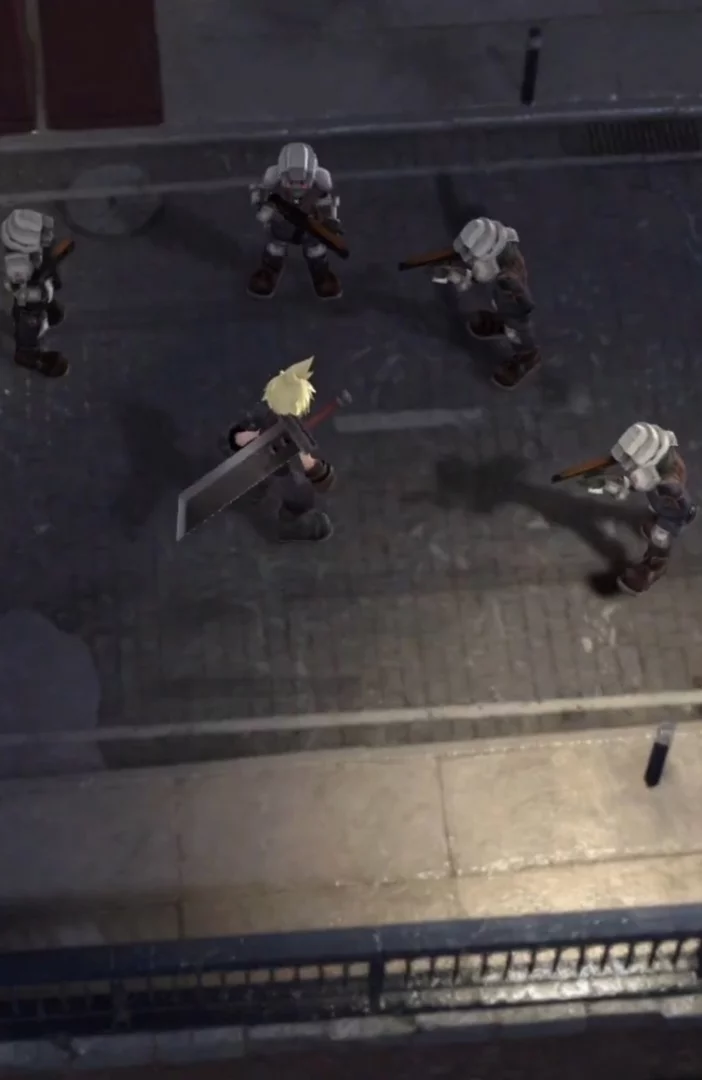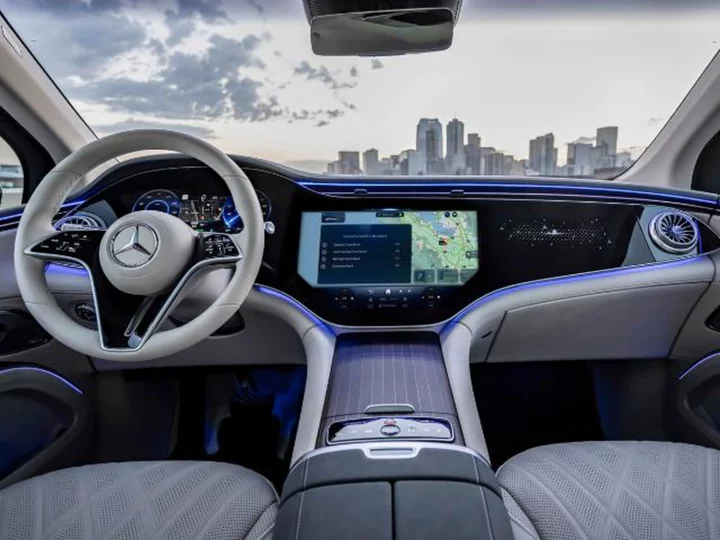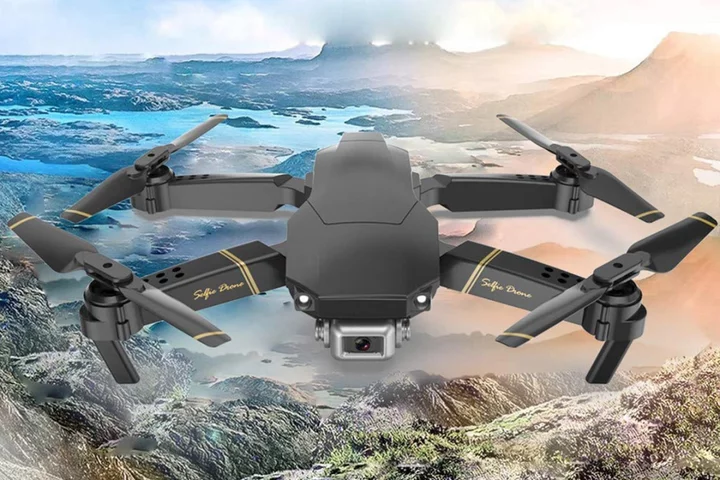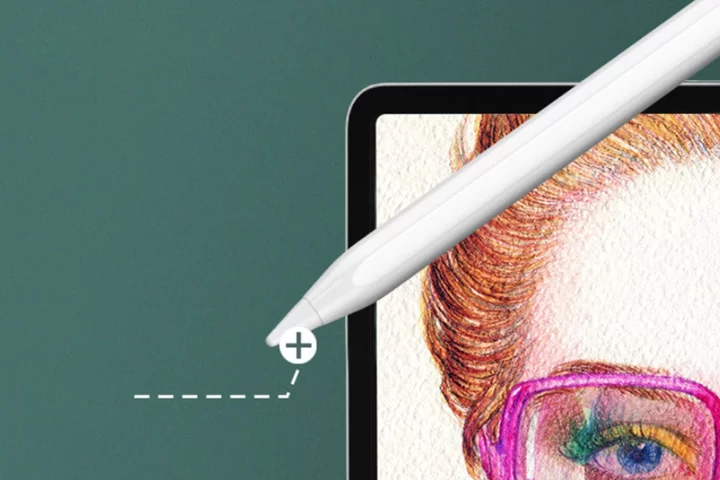
Final Fantasy 7 Ever Crisis mobile gets September release date
'Final Fantasy 7 Ever Crisis' is heading to mobile gaming next month.
2023-08-10 23:23

Summer-tested Phoenix braves relentless wave of extreme heat
By Sharon Bernstein, Rachel Nostrant and Rich McKay (Reuters) -Michael Shields has serviced swimming pools in the Phoenix area for
2023-07-16 05:59

ECM Unveils Premium Efficiency, Ultra-light, Next Gen, PCB Stator Pump Motor
NEEDHAM, Mass.--(BUSINESS WIRE)--Jul 27, 2023--
2023-07-27 23:27

Zoom’s Earnings Day Is Here. The Growth Rate Is the Issue.
During the pandemic, the videoconferencing firm became the world's fastest-growing tech company.
2023-11-20 17:16

AI could replace 80% of jobs 'in next few years': expert
Artificial intelligence could replace 80 percent of human jobs in the coming years -- but that's a good thing, says US-Brazilian researcher Ben...
2023-05-09 05:26

Mercedes is bringing ChatGPT into its cars
Mercedes-Benz and Microsoft have agreed to add ChatGPT to Mercedes-Benz cars in the United States. ChatGPT is Microsoft's "generative artificial intelligence" software that can engage in realistically human-like dialog.
2023-06-16 06:00

Here's When the Fortnite Festival Concert is Coming to Chapter 5
The leaked Fortnite Festival concert starts on Saturday, Dec. 9, 2023, at 9 a.m. ET in Chapter 5 with free rewards and possibly live music.
2023-11-16 23:56

Schroders Said to Seek Crypto Custodian in Digital Assets Push
Schroders Plc is seeking to hire a third-party custodian for cryptocurrencies, people with knowledge of the matter said,
2023-06-07 21:57

Spotify clarifies position on whether it will ban AI-powered music
The boss of Spotify has said he would not completely ban content generated by artificial intelligence from the music streaming service. Daniel Ek told the BBC he thought there were legitimate use cases for the technology in music, but that it should not be used to impersonate real artists without their consent. He said there were three “buckets” of AI use in music: tools such as auto-tune, which he said was acceptable; software which impersonated artists, which was not; and a more controversial middle ground where AI-generated music was inspired by a specific artist but did not directly mimic them. But he said the issue would likely be debated for “many, many years”. “You can imagine someone uploading a song, claiming to be Madonna, even if they’re not. We’ve seen pretty much everything in the history of Spotify at this point with people trying to game our system,” he said. “We have a very large team that is working on exactly these types of issues.” Spotify does not allow content from its platform to be used to train AI models. Last month, Irish singer Hozier said he would consider striking over the threat of AI to the music industry, and a number of other artists have spoken out about their concerns about the use of technology in creating music. Regulators worldwide are stepping up their scrutiny of AI, given its explosion into general use worldwide and fears over its impact on jobs, industry, copyright, the education sector and privacy – among many other areas. We've seen pretty much everything in the history of Spotify at this point with people trying to game our system Daniel Ek, Spotify The UK will host a safety summit on the potential opportunities and threats posed by AI in November. Read More Spotify makes AI voice clones of podcasters and uses them to speak other languages Spotify CEO Daniel Ek denies existence of alleged artist streaming scheme Streaming service Deezer signs Universal Music royalty deal to prioritise musicians over AI
2023-09-26 22:19

Move Over California: The Priciest US Gasoline Is Now in Washington State
Washington gasoline prices have surpassed those of California to become the most expensive in the country as drivers
2023-07-06 01:24

China's BYD beefs up autonomous driving credentials with new unit, hiring spree
SHANGHAI/BEIJING BYD Co Ltd may be China's biggest electric vehicle maker by a country mile but it knows
2023-05-17 14:58

Capture 4K content with this durable drone, now $100
TL;DR: As of September 17, get this Global Drone 4K Platinum Version for only $99.99
2023-09-17 17:16
You Might Like...

Which gaming squad does popular Twitch streamer Ninja call home? Here's what we know

Chris Tyson says that MrBeast has supported their gender for years

This low-cost stylus is a $36 alternative to the Apple Pen

Snowflake Extends Programmability for Developers with New Snowpark Container Services to Run Secure Generative AI in the Data Cloud; Includes NVIDIA GPUs, Notebooks, Apps, and More

Are Delilah Hamlin and Henry Eikenberry dating? Lisa Rinna's daughter makes red carpet debut with actor

Forgotten AR Overtakes Cronen Squall in Warzone Season 5 Reloaded Meta

Tineco Presents Four New Smart Household Appliances at IFA 2023

Malaysia Expects Dry Weather to Be Worse Than in Recent Years
